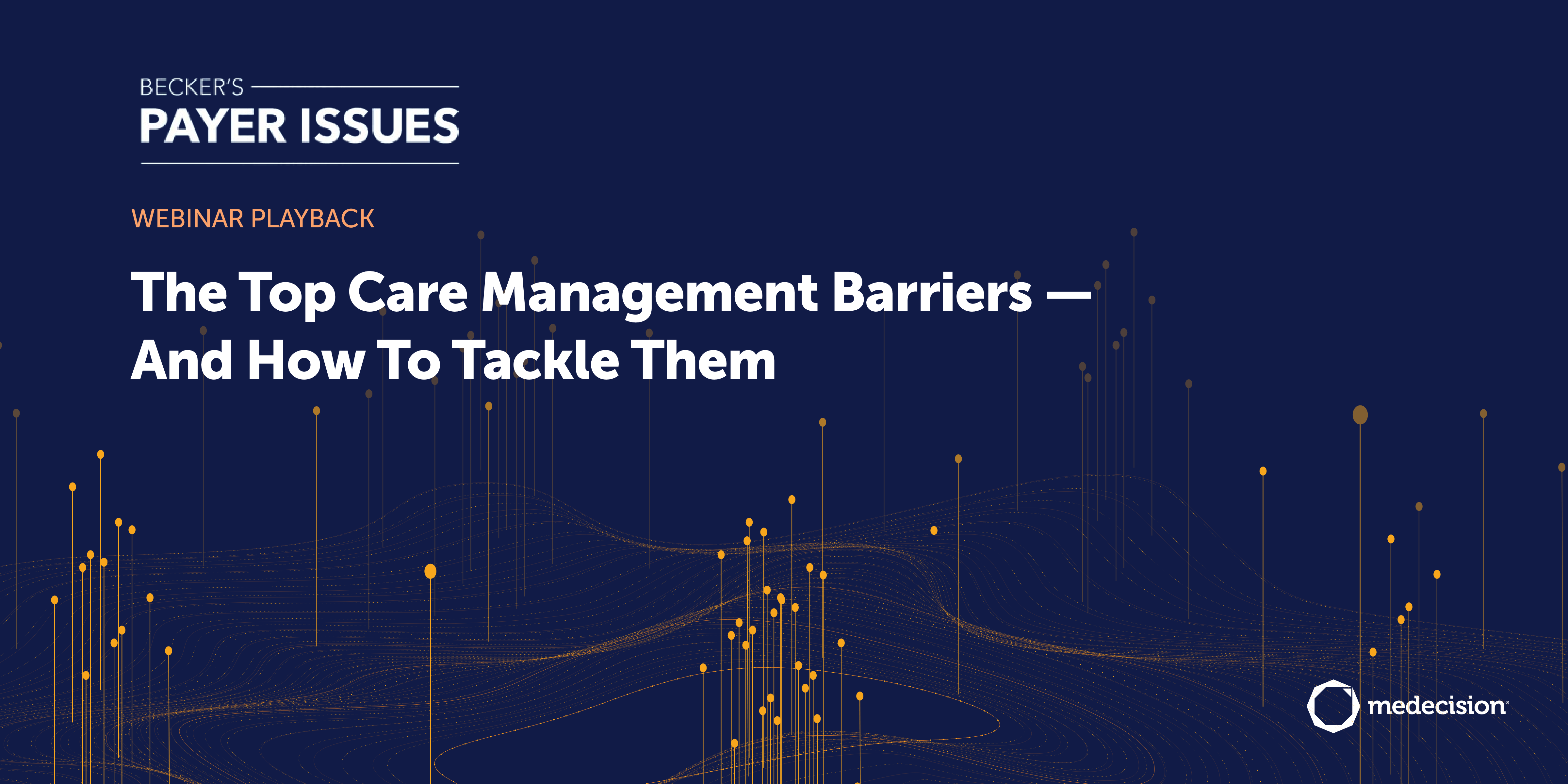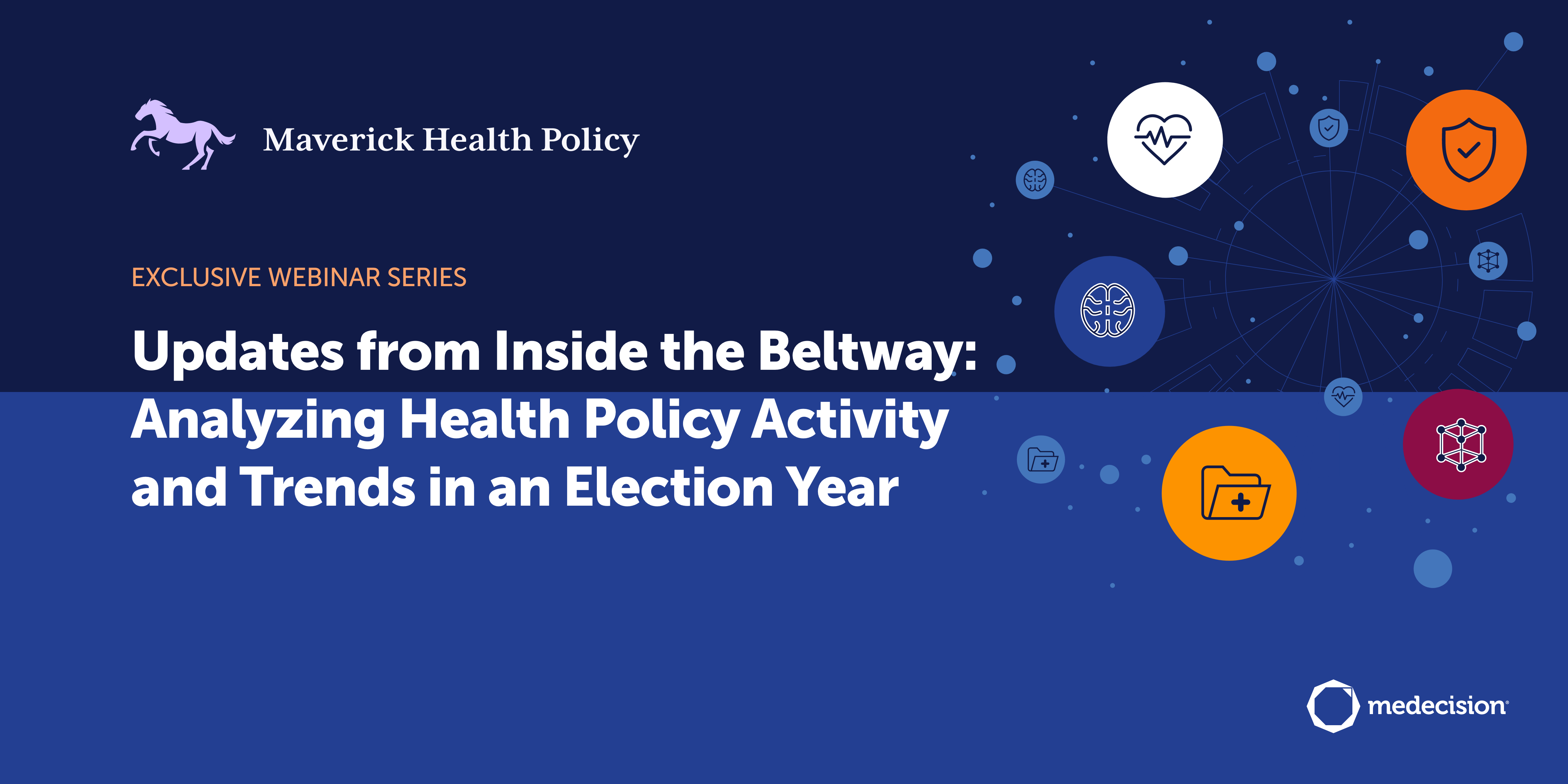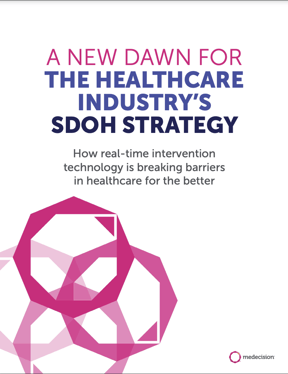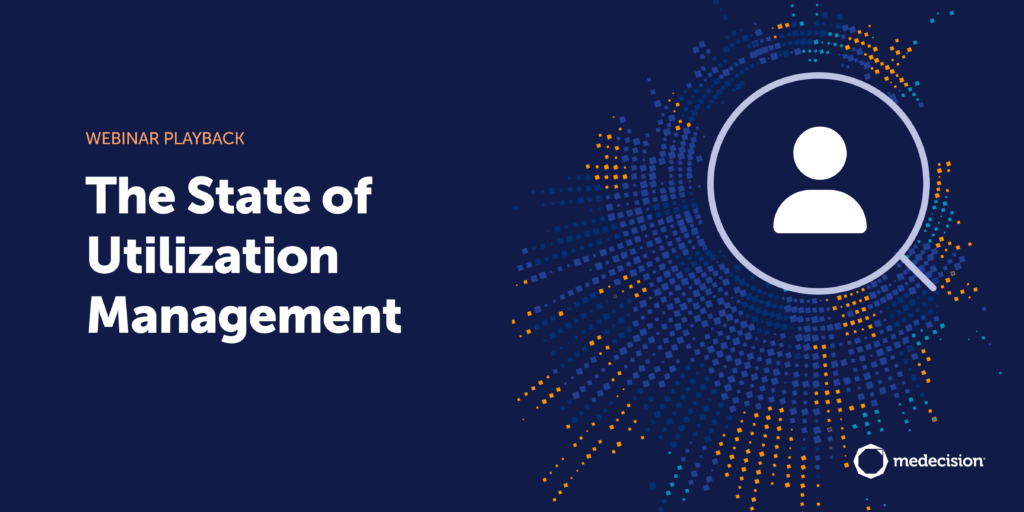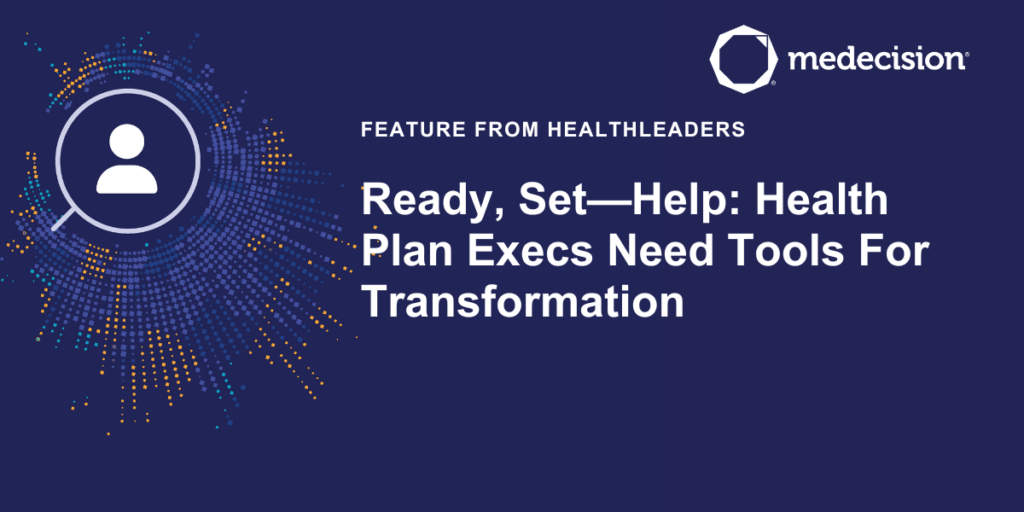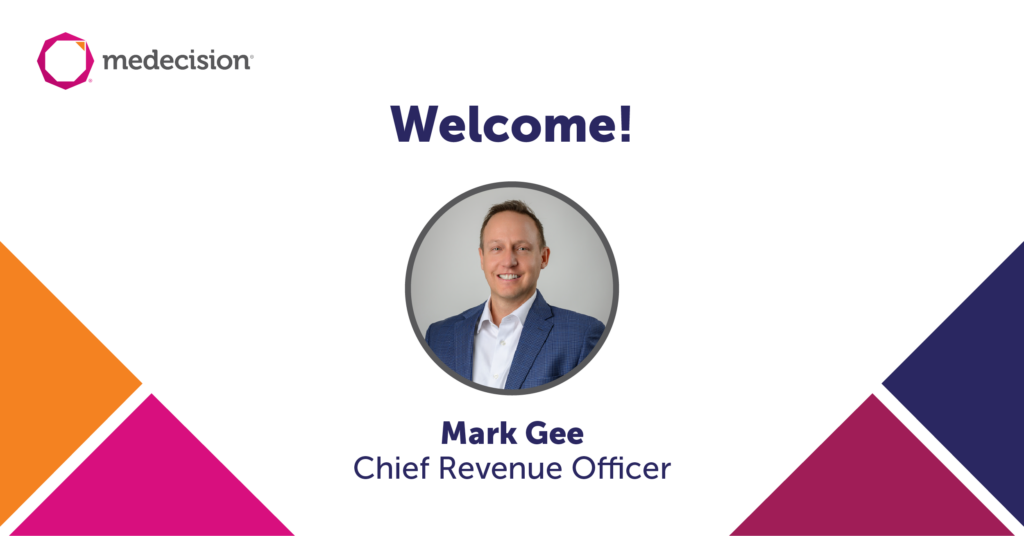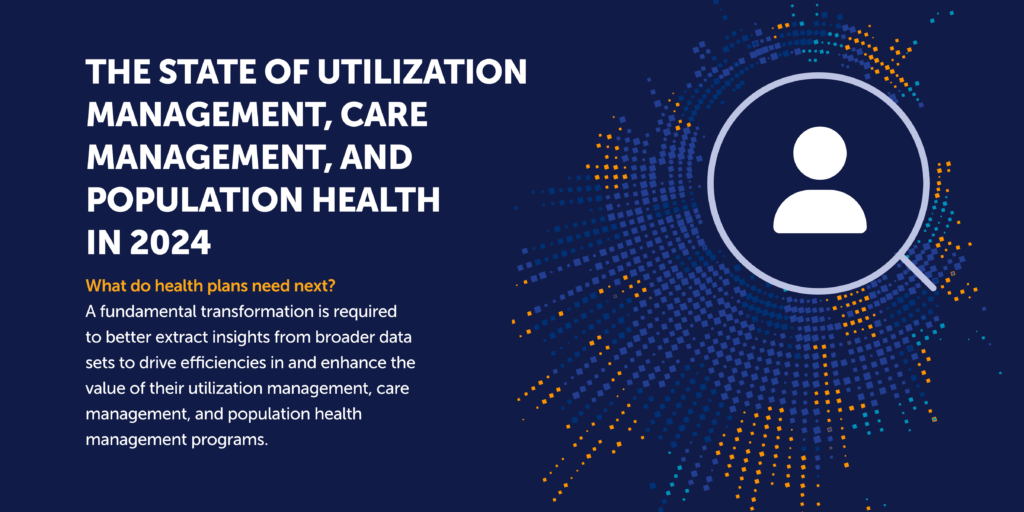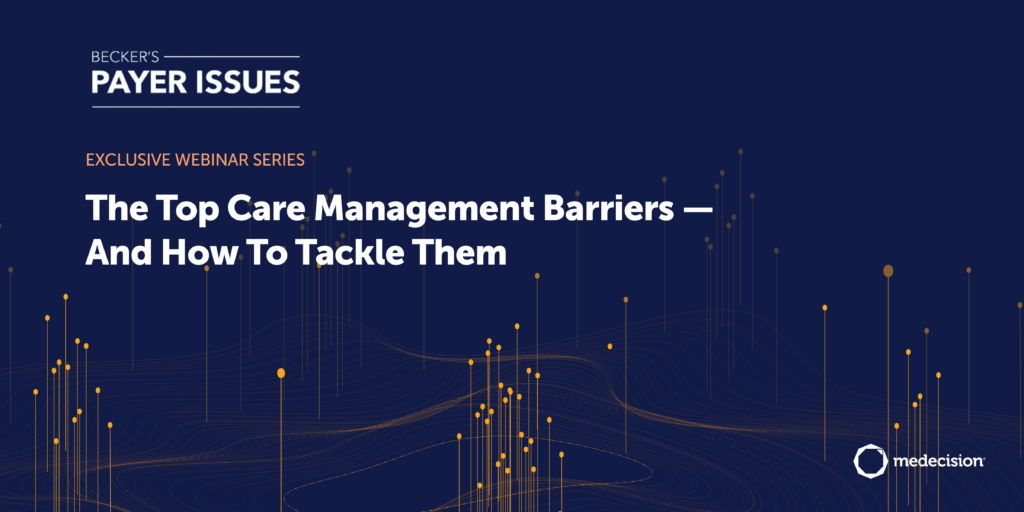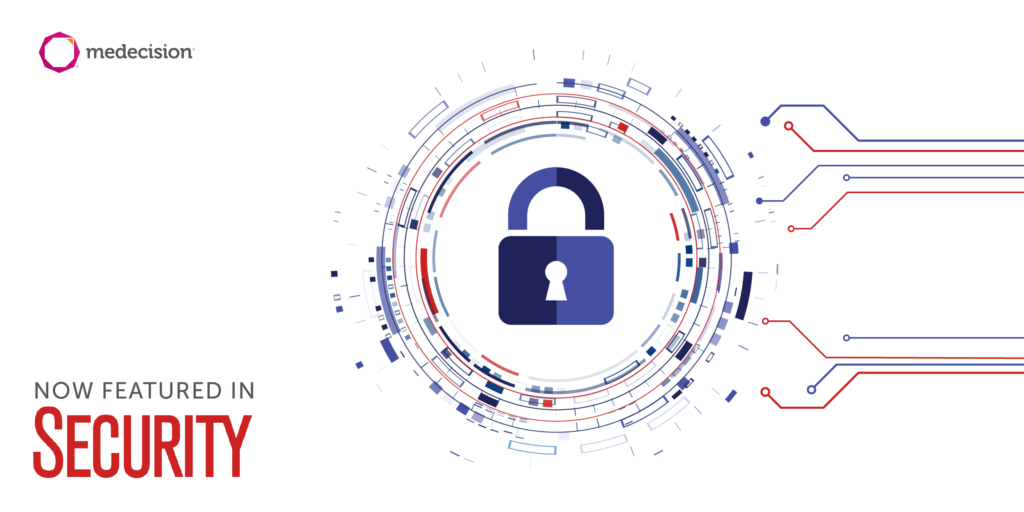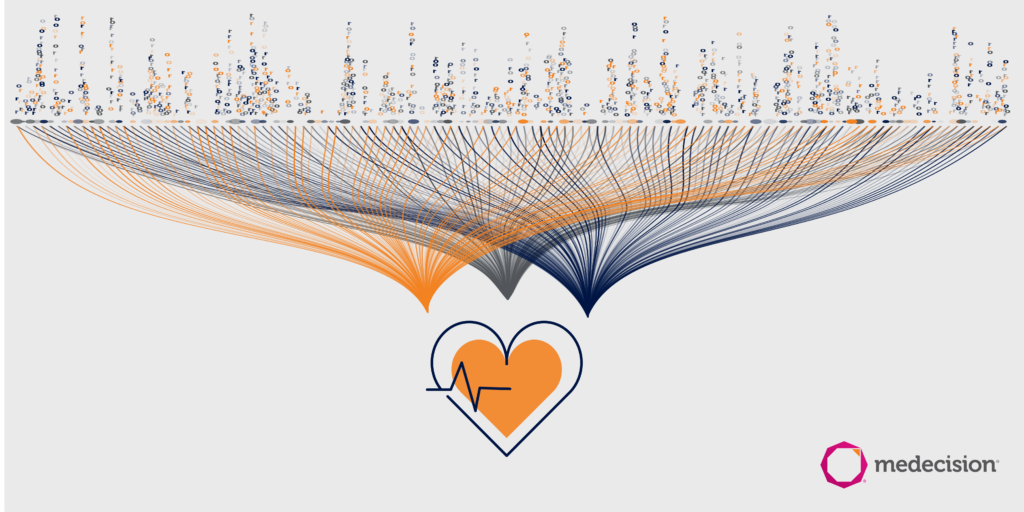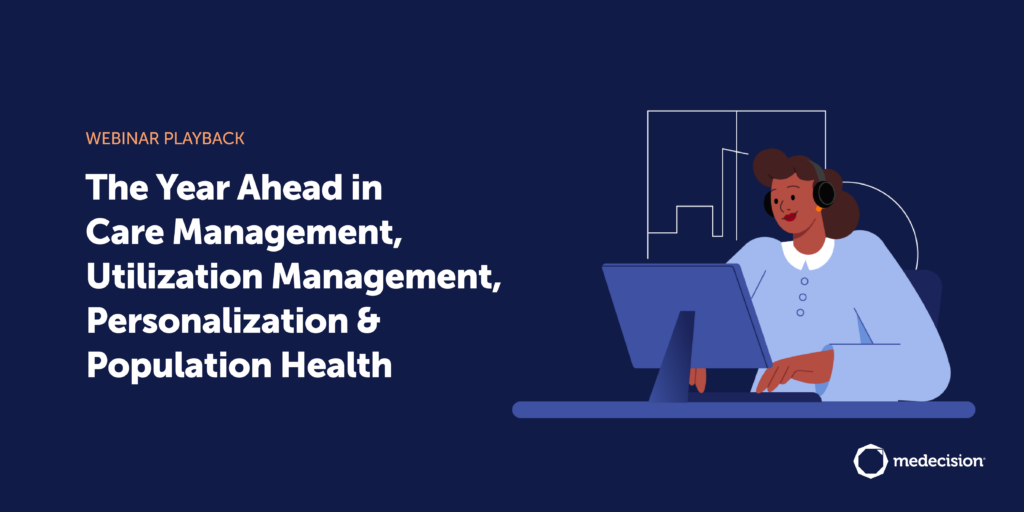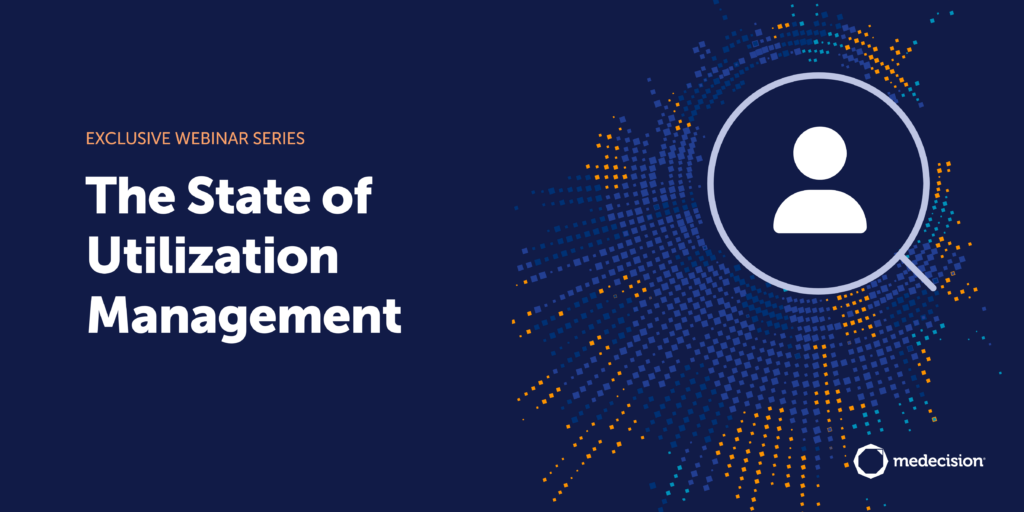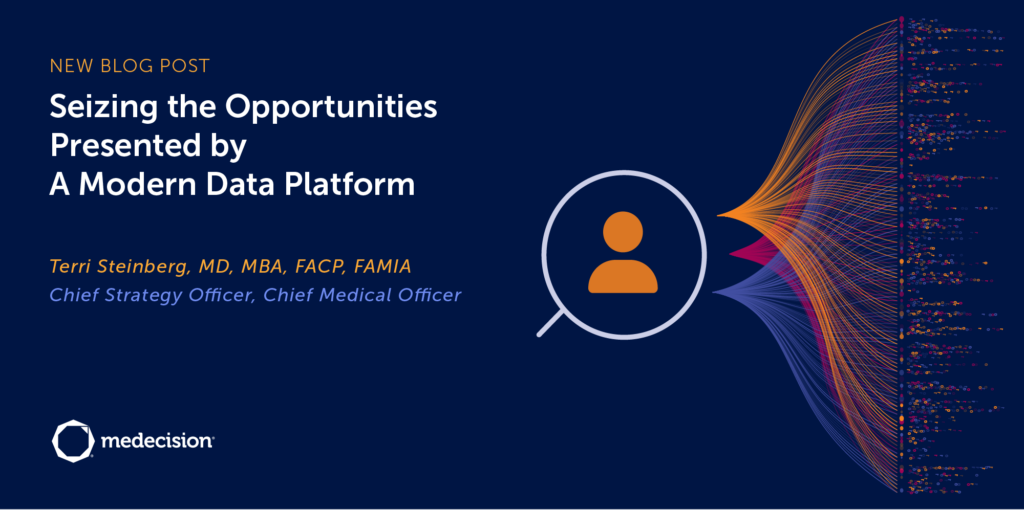Featured White Paper
A New Dawn for the Healthcare Industry’s SDOH Strategy
Addressing social determinants of health (SDOH) is challenging, but advanced technology makes it easier to proactively identify and break SDOH barriers to care and ensure individuals receive the support they need. This report outlines the many benefits of implementing tech-enabled SDOH interventions to improve health outcomes and reduce hospitalizations, readmissions, emergency department use and costs.
Subscribe to Our Blog
Get care management, digital patient engagement, and other healthcare-related strategies delivered right to your inbox.



